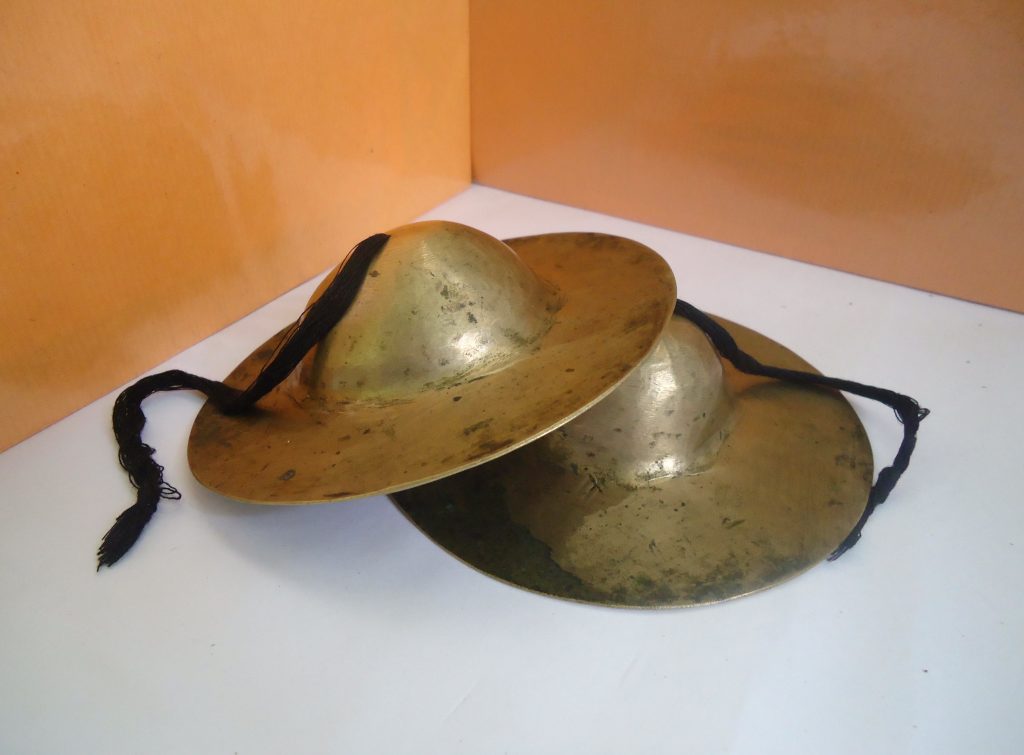 By Lakhram Bhagirat
By Lakhram Bhagirat
The planting of the symbolic Holika, 40 days before Phagwah signifies the commencement of a period of celebration. One that allows us to overcome the evil within and around us and for many it signifies the start of a period of tracking back to our roots. The very roots that define us as people and connects us to the motherland of our ancestors.

When our ancestors were brought to Guyana in 1838 from their motherland-India, they brought with them a whole host of things other than material possessions. They brought with them their rich culture, traditions and beliefs. Quite often culture, traditions and beliefs intertwine creating a unique situation that most are delighted to be a part of.
Phagwah is just one of the many opportunities for cultural intertwining and is one of my favourite festivals for a number of reasons. One of the main reasons I am so in love with the festival is that it means it is time for Chowtal singing.
With its roots deeply embedded in the rich history of our Bhojpuri ancestry, Chowtal singing is one of the many highlights of celebrating the festival of colours. Though not popular in all of India, Chowtal singing is a tradition passed on by our ancestors who brought their folk singing from the Bhojpuri region (now Bihar and eastern Uttar Pradesh, India) with them.
While there is no central meaning for the word chowtal, it basically speaks to a format in which two sets of singers face each other in a straight line, armed with tier jhal (taals cymbals) alternating their singing while perfectly synchronizing the sounds from the jhals.

In describing what exactly is chowtal singing, Guyanese Ramnarine Sasenarine said “the word” chowtal,” in a general sense, denotes the distinctive format in which two sets of singers (who also play jhal cymbals) alternate singing lines, taking the song (with the help of the dholak player) through a fixed set of complex rhythmic modulations, accelerations and decelerations. Chowtal in this sense is an umbrella term which collectively comprises a set of more specific substyles including that which itself called chowtal as well as ullara, dhamari, kabir, jogir, jhuma, baiswara, jati, rasiya, bhartal, and the farewell song sada-anand. Most chowtal melodies are simple and often similar to each other but the rhythm of the lyrics and song mist match perfectly and the beauty and exuberance are generated by the way the group moves skillfully through the intricate and exciting rhythmic changes with their alternations of climax and repose.”

Though Hindi is not spoken in Guyana, most of the lyrics to the chowtal songs are in the mother tongue but that proves to not be a challenge for the singers since it is like their second language. Every song, sung during chowtal, tells a story associated with the legends of Phagwah.
The songs speak of the naughty nature of Shree Krishna and his love for Radha or they either sing the praises of the other Hindu deities.
Though the practice is common and widely revered in places like Trinidad, Suriname, Fiji and the United States there are different variation in how it is performed. But ultimately the messages remain the same in keeping with the spirit of the spring festival.
The tradition is somewhat dying in the motherland but in Guyana, it is alive and well. In fact, the youngsters are taking up the mantle and running with it while staying true to the roots. There are now more chowtal samelans where chowtal gols from across the country can come together and display their talent.
The friendly competition is laced with youths bent on outdoing the others as they bang their jhals to the beat emanating from the dholaks.
If you have never been in the presence of chowtal singing then I strongly urge you to have the experience since it is one that will forever remain etched in your mind.












